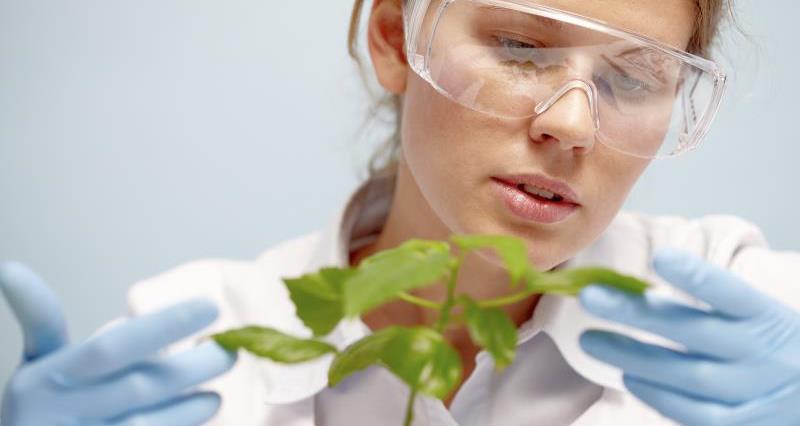Apple seeds, pears, potatoes and courgettes all contain natural chemicals that are toxic to humans but they are only present in very small amounts, well below the harmful dose.
LD50 is used as a measurement of toxicity. It is the amount of an ingested substance that kills 50 per cent of a test sample. It is expressed in milligrams per kilogram of body weight (mg/kg) and is typically based on oral ingestion in rats. Because LD50 is a standard measure, it is used to compare toxicities of compounds – the lower the number, the more toxic something is.
Examples (milligrams per kilogram of body weight – based on oral ingestion in rats):
SUBSTANCE: | LD50 (mg/kg): |
Citric acid (found in citrus fruits) | 12,000 |
Ethanol | 7,000 |
Glyphosate | 5,600 |
Sodium bicarbonate (baking soda) | 4,220 |
Acetic acid (present in vinegar) | 3,310 |
Sodium chloride (table salt) | 3,000 |
Theobromine (present in chocolate) | 1,265 |
Acetylsalicylic acid (found in aspirin) | 1,000 |
Caffeine | 192 |
Sodium fluoride (present in toothpaste) | 52 |
Nicotine | 50 |
Vitamin D | 10 |
Botulin (present in botox) | 0.0000001 |
Toxic categories
TOXICITY CATEGORY: | LD50 (mg/kg): | PROBABLE LETHAL DOSE FOR 70KG ADULT HUMAN: | EXAMPLES: |
Super toxic | <5 | <0.35g | Botulin |
Extremely toxic | 5 - 50 | 0.35 – 3.5g | Vitamin D |
Very toxic | 50 - 500 | 3.5 – 35g | Caffeine |
Moderately toxic | 500 – 5,000 | 35 – 350g | Aspirin Salt |
Slightly toxic | 5,000 – 15,000 | 350 – 1,050g | Vitamin C Glyphosate |
Practically non toxic | >15,000 | >1,050g | Sugar |
Source:
Related...
- (written by cell biologist Iida Ruishalme)
- Our dedicated glyphosate pages on »ĘĽŇ»ŞČË
- Glyphosate - we need your support
- Inform the debate with our Glyphosate is Vital leaflet
- NFU welcomes ECHA decision reinforcing glyphosate's safety
- How Glyphosate Works for Us All - download our infographic here
